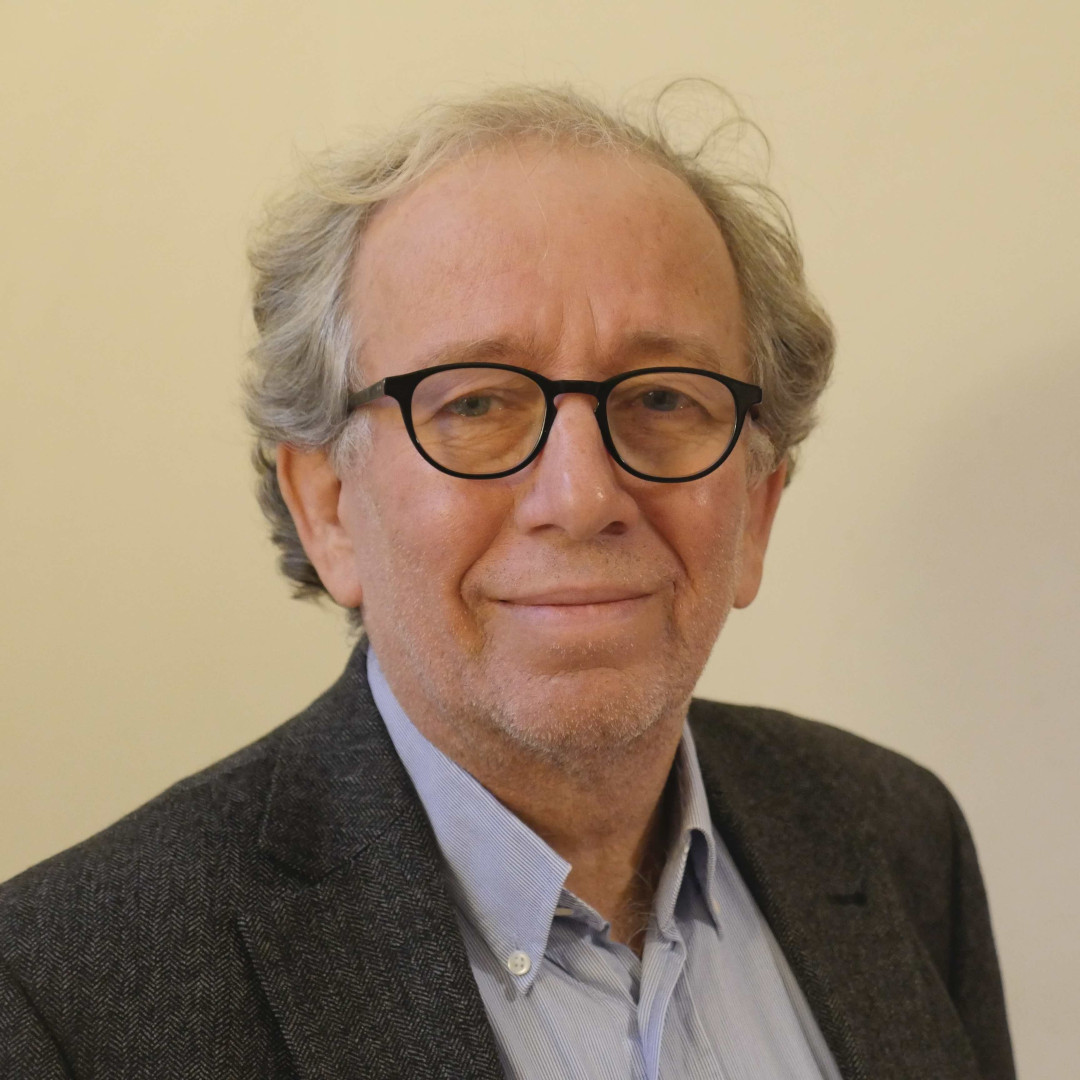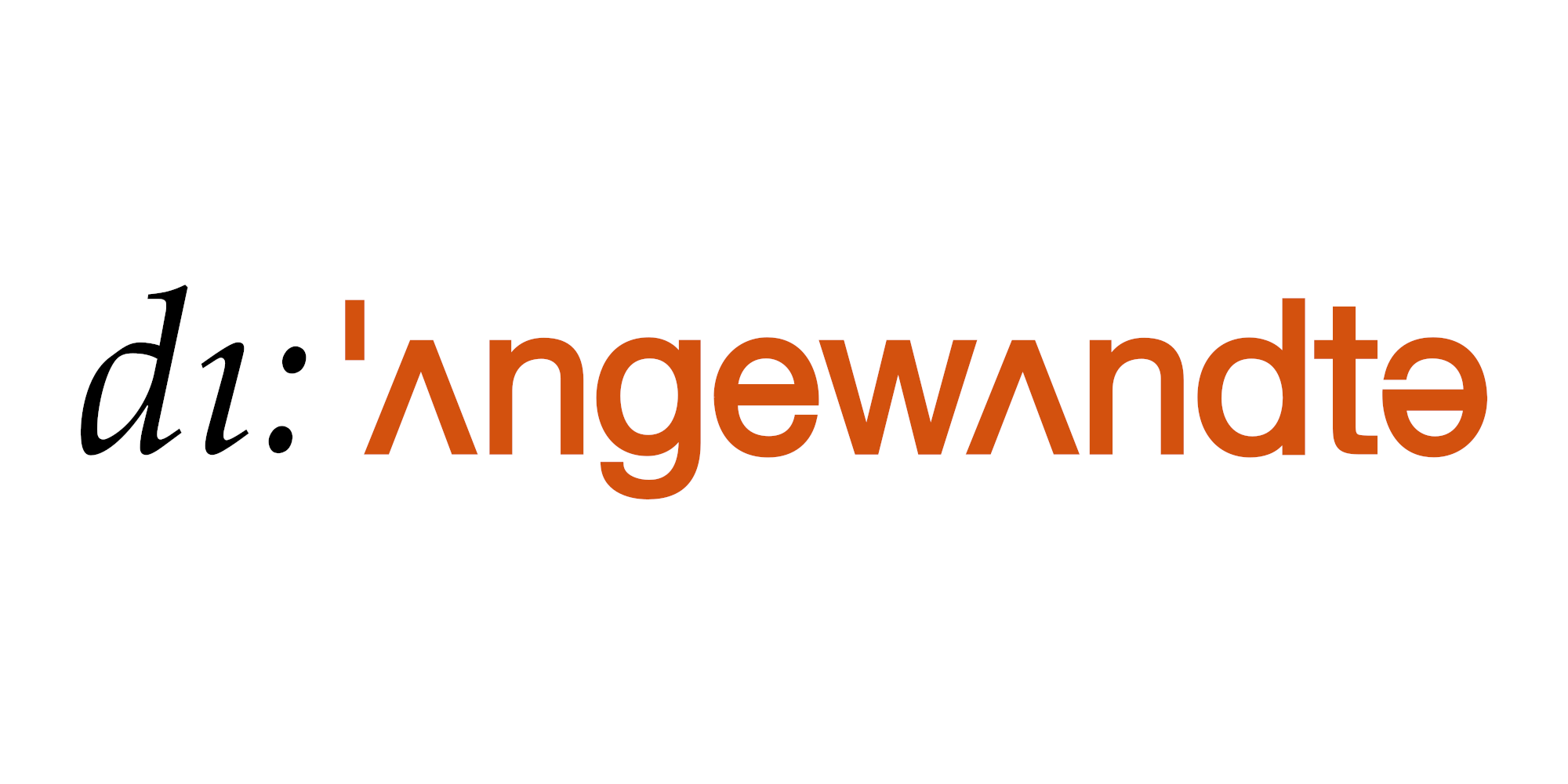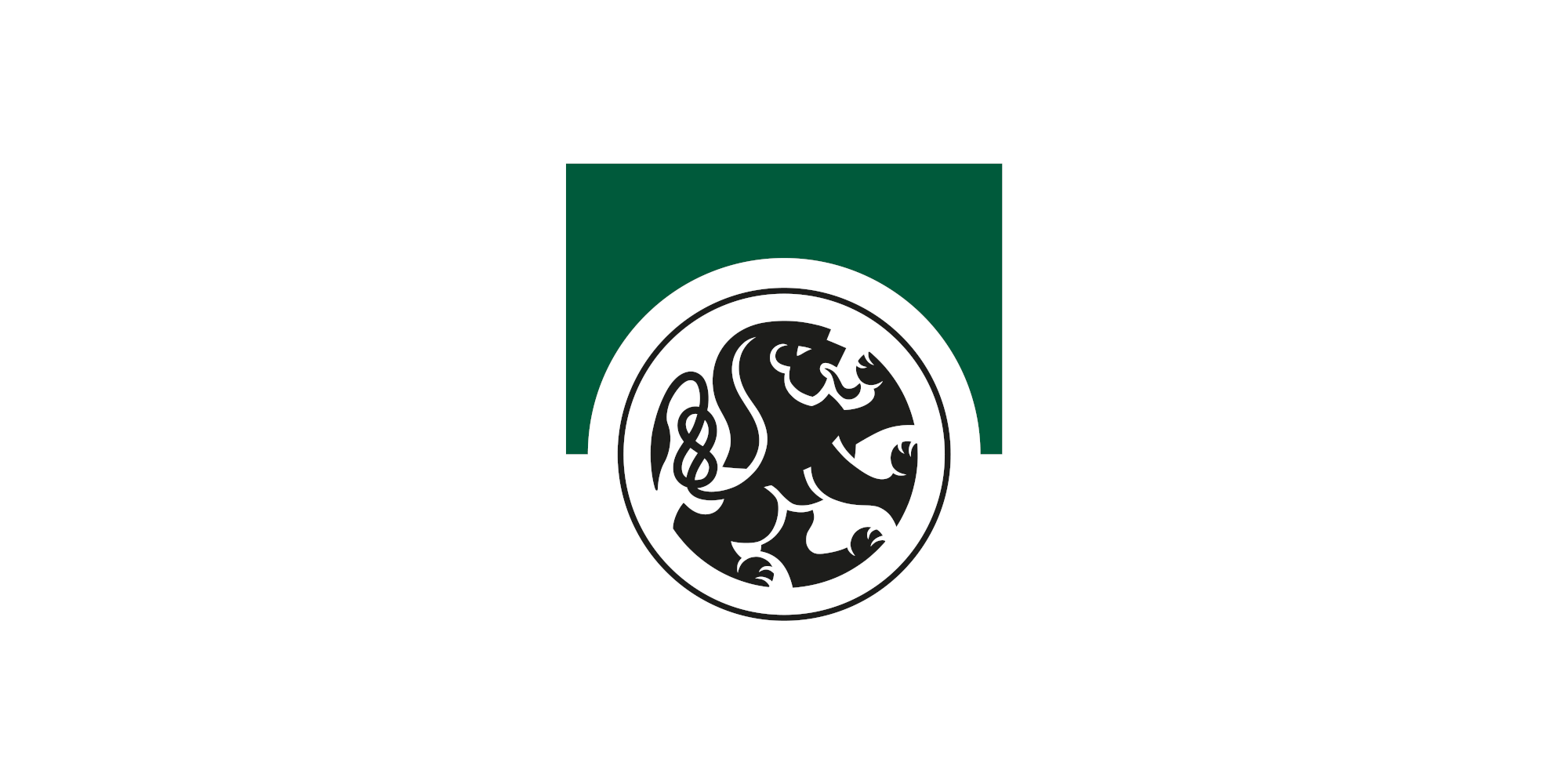
An ACRP project to research and design paths to a sustainable future
Artwork: Christian Ruschitzka, L’Effet Papillon: Mechanische Landschaften, 2010
In four workshops, we develop a common, more comprehensive understanding of the system and at the same time create new, acquired knowledge in which other, diverse types of knowledge (cognitive, intuitive, emotional, context-related) are mobilised.
The Project
We are moving in the wrong direction; there is an urgent need for action in order to achieve the Sustainable Development Goals (SDGs), as the complexity of the volatile climate crisis expands, and as does the accompanying potential for social-ecological conflict.
This project offers a systemic thinking approach, which applies methods and models designed to deal with structural discontinuities, adequately considers the interactions between the SDGs, and promotes stakeholders’ understanding of the upcoming and emerging challenges. Stakeholder and expert knowledge is integrated into a qualitative and quantitative assessment system that is supported by tangible modeling processes. In this way, the gap between models and reality, ideas and measures, reduces, and the representativeness of our project thus expands. Based on a thorough understanding of the complex system at hand, i.e. informed by stakeholders, experts, and models, it is possible to identify leverage points, i.e. places where meaningful interventions in the system can be made, that go beyond surface-level changing of parameters.
In four workshops, we develop a common, more comprehensive understanding of the system and at the same time create new, acquired knowledge in which other, diverse types of knowledge (cognitive, intuitive, emotional, context-related) are mobilised.
We involve stakeholders and experts in the joint development of system understanding, future visions and transition paths. We analyse the interaction of SDG1/10 (poverty/inequality), SDG8 (decent work and economic growth) and SDG13 (climate action) for Austria. We take all three dimensions of sustainability (environment, economy and social issues) into account
Achievement of SDG1/10, SDG8 and SDG13 in the Austrian context in four workshops with experts and stakeholders:
Workshop 1
What’s the problem?
Current status and system understanding
- Common systems understanding
- Gemeinsame Problemerkennung
- What synergies are there?
- Possible conflicts of interest?
Workshop 2
Where do we want to go?
The future we want
- Designing a future vision
- What kind of life do we want in 2050?
- Which goals and indicators are used to measure progress?
Workshop 3
How do we get there?
Narrating pathways
- Development of transformation paths for achieving the future vision
- Joint creation of qualitative paths
Workshop 4
What do we recommend?
Transformative proposals from a participatory process
- Identification of policy recommendations to achieve the vision for the future
- What leverage points can be identified on the basis of the findings?
Materials
Since a variety of methods are used in this project, they have been organized and explained further in a set of manuals/handouts which offer compact instructions for independent application of the methods used and provide a more in-depth background.
Workshop results
The workshop results

Synergis & Trade-Offs
The final result of the first workshop “What is the problem?”: the five individual CLDs merged into a single, comprehensive system picture. The essential links are presented and discussed in this document.

Workshop 2 – Where do we want to go?
Workshop results
The visions and goals found in a participatory manner are described in this document.

Workshop 3 – How do we get there?
Workshop-Ergebnisse
In this results paper you will find a detailed description of the process – the arc spans from inverted problems to positive potentials to path creation.
Manuals

Systemic Causal Loop Diagrams – CLDs
A Manual
This manual describes the individual steps you can use to create impact diagrams yourself.

Speculative Thinking and spekulative Settings
(Thing of the Future and Future Panel)
A Manual
This manual describes speculative thinking, the detailed presentation of the two formats “Thing of the Future” and “Futures Panel”, as well as the collage technique.
The models

The basis for the model is the Millenium Institute‘s Integrated Sustainable Development Goals (iSDG). Briefly described, it is a simulation tool to understand the complex relationships between the SDGs.
As part of this project, the variables developed in a participatory manner (based on the various workshops) are compared with the existing model and incorporated into the model. The effects of this re-modeling will be discussed in Workshop 4 – What do we recommend? with the question of “What do the models say?” formulated in the form of transformative suggestions from the participatory research process.
The existing structure of the iSDG is based on the 17 goals and their sub-goals. A detailed explanation including instructions for using the Stella simulation software can be found here.

The handout explains in detail the Integrated Poverty Assessment Model for qualitative research.
Team

Mathias Kirchner
Project lead, SDG13, Zentrum für Globalen Wandel & Nachhaltigkeit, Universität für Bodenkultur

Nathalie Spittler
System Dynamics Expertin, SDG13, Zentrum für Globalen Wandel & Nachhaltigkeit, Universität für Bodenkultur

Friedrich Hinterberger
SDG8, Universität für Angewandte Kunst

Meike Bukowski
SDG1, Universität Salzburg

Ulrike Payerhofer
Universität für Angewandte Kunst
Further participants: Gerda Palmetshofer, Martin Hoffmann, Daniel Gusenbauer, Daniel Körner & Maximilian Muhr

Project adress:
kontakt@sdg.visionpath.at
ProjeCt partner & CooperationS

Mathias Kirchner, Nathalie Spittler, Daniel Gusenbauer

Universität für Angewandte Kunst
Fritz Hinterberger, Ulrike Payrhofer

Meike Bukowski, Fritz Hinterberger

cooppa Mediengenossenschaft eG
Gerda Palmetshofer, Martin Hoffmann

ISDG Modell

